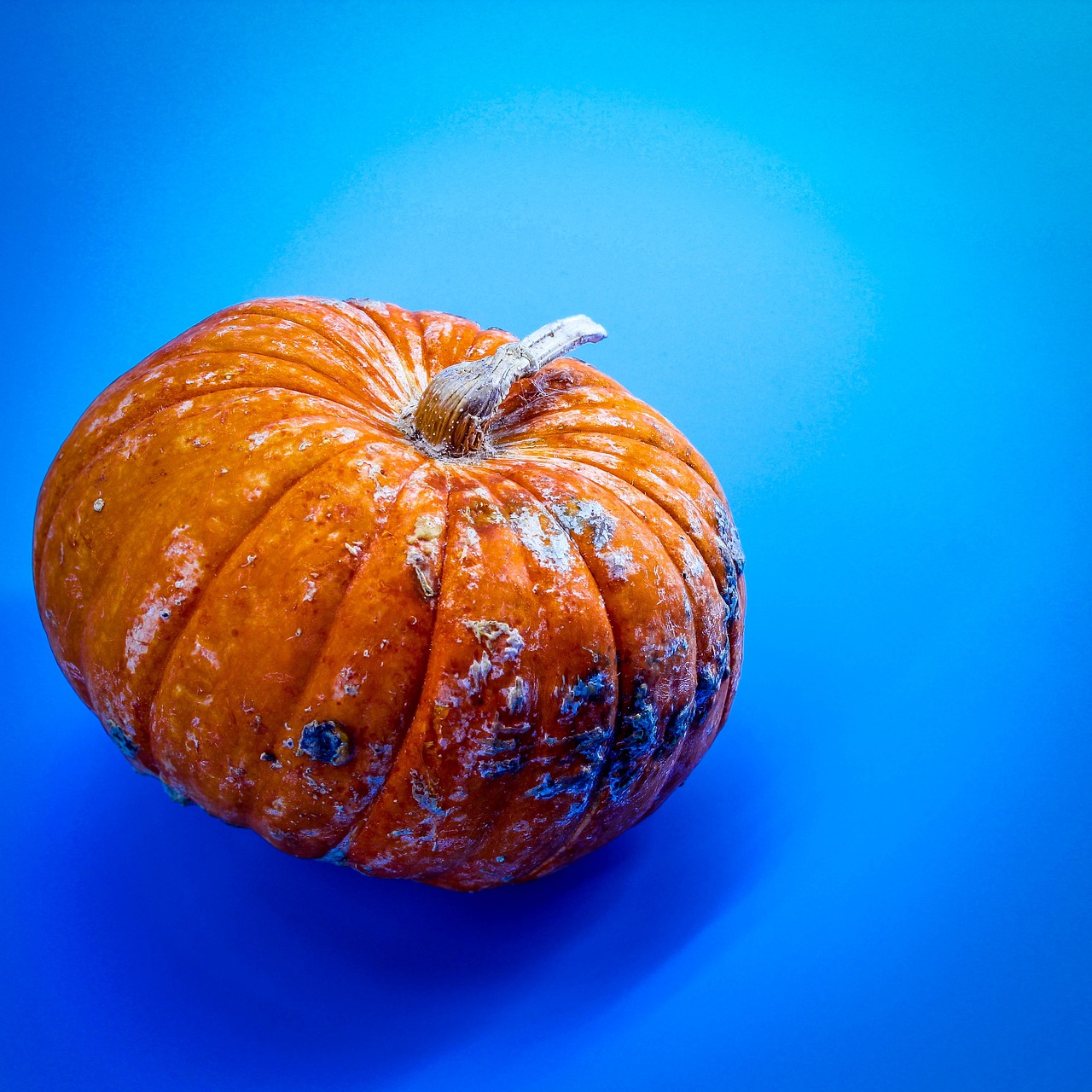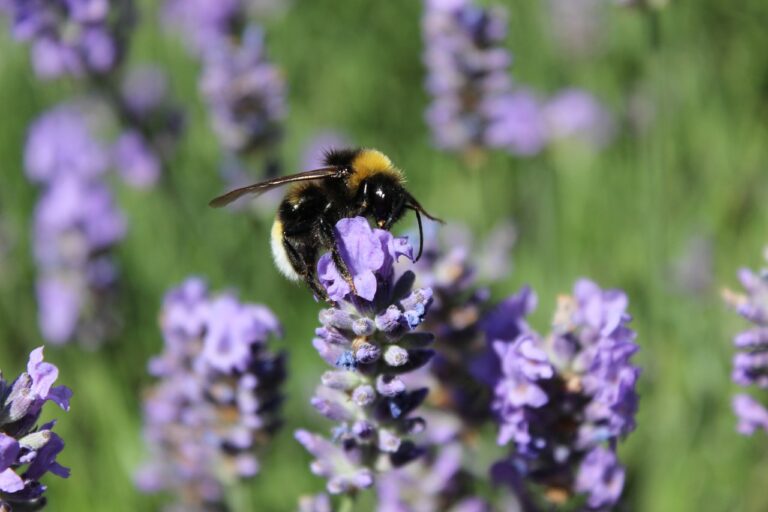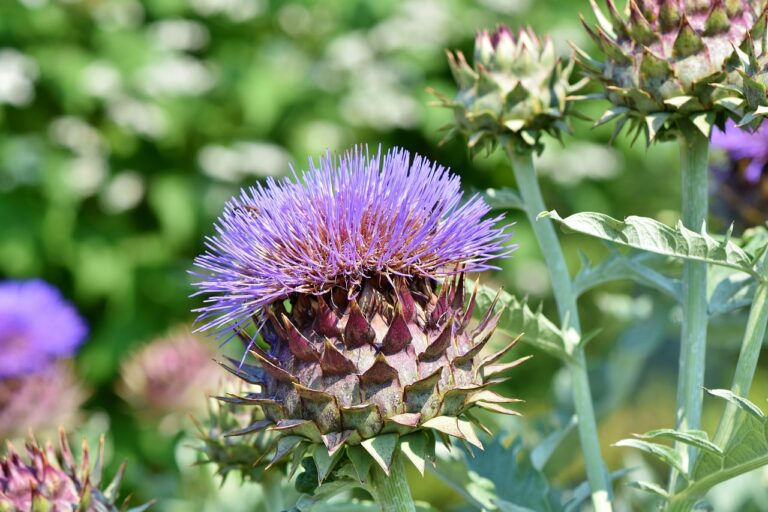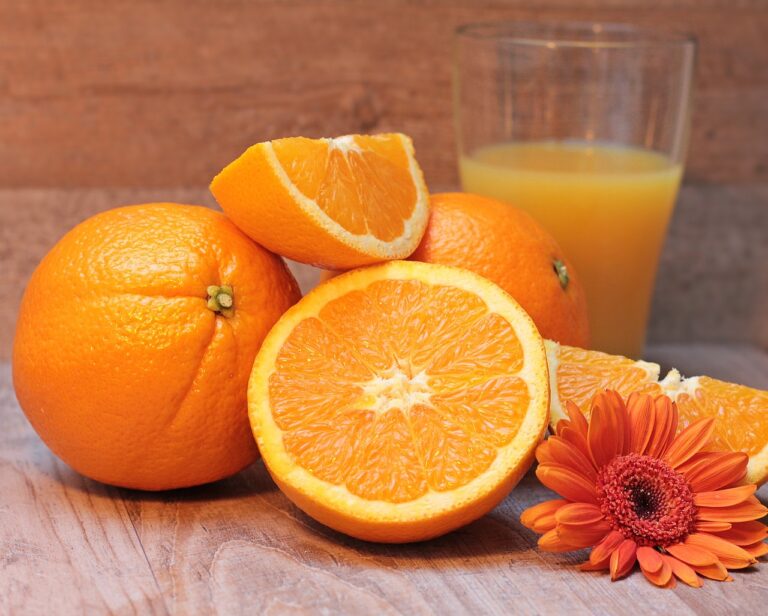Unveiling the potential of fruit pulp and puree in promoting cultural heritage preservation: Allexchbet, 99exch, All panel.com
allexchbet, 99exch, all panel.com: Unveiling the Potential of Fruit Pulp and Puree in Promoting Cultural Heritage Preservation
How often do we stop to think about the role food plays in preserving cultural heritage? From traditional recipes passed down through generations to unique ingredients sourced from specific regions, food is deeply intertwined with our cultural identities. In recent years, there has been a growing interest in using fruit pulp and puree as a way to promote and preserve cultural heritage.
Fruit pulp and puree are versatile ingredients that can be used in a variety of dishes, from desserts to savory dishes. They pack a punch of flavor and are rich in nutrients, making them a popular choice among chefs and home cooks alike. But beyond their culinary uses, fruit pulp and puree can also play a significant role in preserving cultural heritage.
Fruits have long been an integral part of cultural celebrations and traditions around the world. From the pomegranate in Greek mythology to the mango in Indian folklore, fruits have symbolic meanings that are deeply rooted in different cultures. By using fruit pulp and puree in traditional recipes, we can ensure that these cultural traditions are passed down to future generations.
One example of how fruit pulp and puree can promote cultural heritage preservation is through the creation of specialty products. Many communities have unique fruits that are native to their region and are integral to their cultural identity. By turning these fruits into pulp or puree and using them in products like jams, sauces, and beverages, we can showcase the richness and diversity of these cultures.
Another way fruit pulp and puree can preserve cultural heritage is through sustainable sourcing practices. Many traditional fruits are at risk of disappearing due to factors like climate change and urbanization. By working with local farmers to sustainably source these fruits and turn them into pulp or puree, we can help support small-scale agriculture and preserve biodiversity.
Furthermore, fruit pulp and puree can be used as a tool for education and cultural exchange. Cooking classes, workshops, and food festivals that highlight the use of fruit pulp and puree in traditional dishes can bring people together to learn about different cultures and traditions. By sharing these experiences, we can create a deeper appreciation for the diversity and richness of our cultural heritage.
In conclusion, fruit pulp and puree have the potential to be powerful tools in promoting and preserving cultural heritage. By using these ingredients in traditional recipes, creating specialty products, sourcing fruits sustainably, and fostering education and cultural exchange, we can ensure that our culinary traditions and cultural identities continue to thrive for generations to come.
FAQs
Q: Where can I find fruit pulp and puree?
A: Fruit pulp and puree can be found in specialty stores, online retailers, or you can make your own by blending fresh fruit.
Q: How long does fruit pulp and puree last?
A: Fruit pulp and puree can be stored in the refrigerator for up to a week or frozen for up to six months.
Q: Can I use fruit pulp and puree in savory dishes?
A: Yes, fruit pulp and puree can add depth and flavor to a variety of savory dishes, such as marinades, sauces, and glazes.







